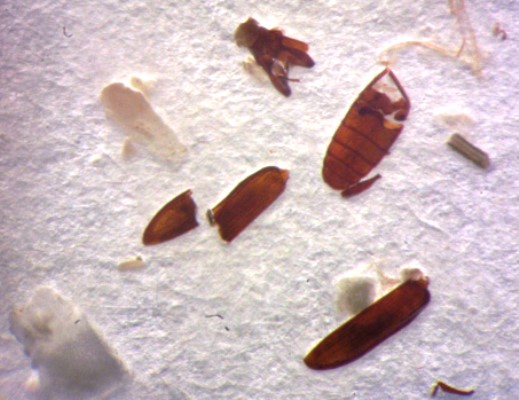The presence of extraneous materials in food products analysed by the "filth test" allows detection and counting of solid impurities.
The Hygiene Package of The European Community’s food and feed hygiene legislation (EC Regulation 852/2004, 853/2004, 854/2004 and 882/2004), which came into effect across all Member States from 1th January 2006, revises and consolidates legislation in relation to food and feed hygiene. According to the Italian regulation Law No. 283/1962 “it is forbidden the use, the sale, the possession for sale, the administration as a reward and the distribution for consumption of food substances filthy and invaded by parasites, represent a violation”.
The Federal Food, Drug and Cosmetic Act of the 1938 with Amendments administered and enforced by the US Food and Drug Administration (FDA) defines food as adulterated “if it consists in whole or in part of any filthy, putrid, or decomposed substance, or if it is otherwise unfit for food…” and imposed a tolerance limit of 50 insect fragments and 1 rat hair in 50 g of food, values commonly used at European level.
Impurities such as insects, rat hairs, plastic fragments, synthetic or mineral impurities, sand or soil are considered hygiene indicators of the entire productive process of food. These impurities are identified with Filth-Test.
The light filth-test allows detection of the presence of insects, rat hairs and artificial materials such as plastics and synthetic fibres. Contamination derived from packaging or micro-plastic fragments is frequent and several matrices (coarse salt, fish products and packaged products) are subject to it. The heavy filth-test allows to detect mineral and metallic impurities, potentially derived from manufacturing and packaging processes.
The extraction efficiency of the method, combined with the skills of qualified technicians, guarantee reliable results.
YOUR PLUS: AGROLAB Italia performs filth tests on raw materials and food products, using validated and accredited methods.
Author: Dr. Asma Zeiri (AGROLAB Italia)
Photo: ©AGROLAB Italia

 Contact
Contact

 Contact
Contact Career
Career